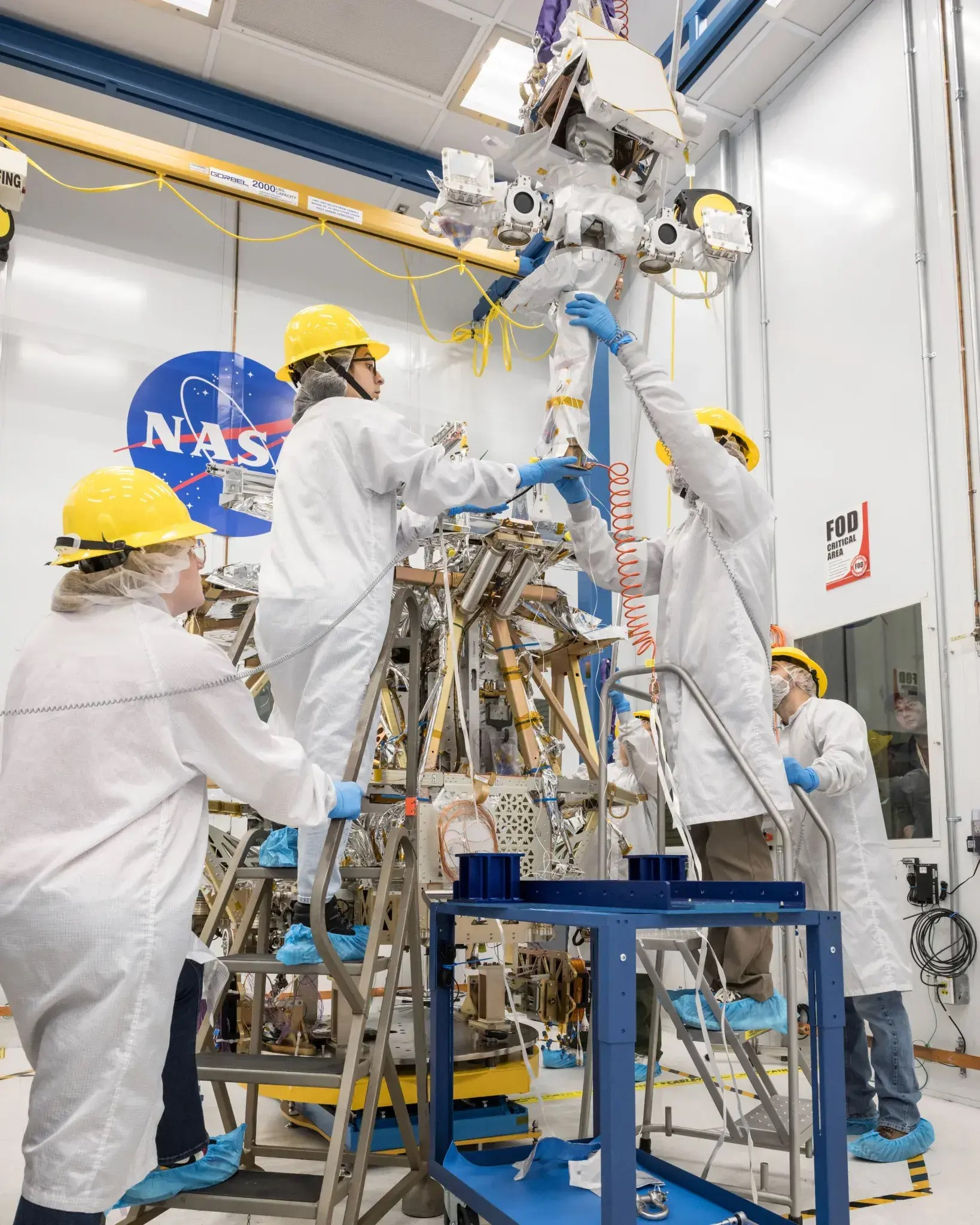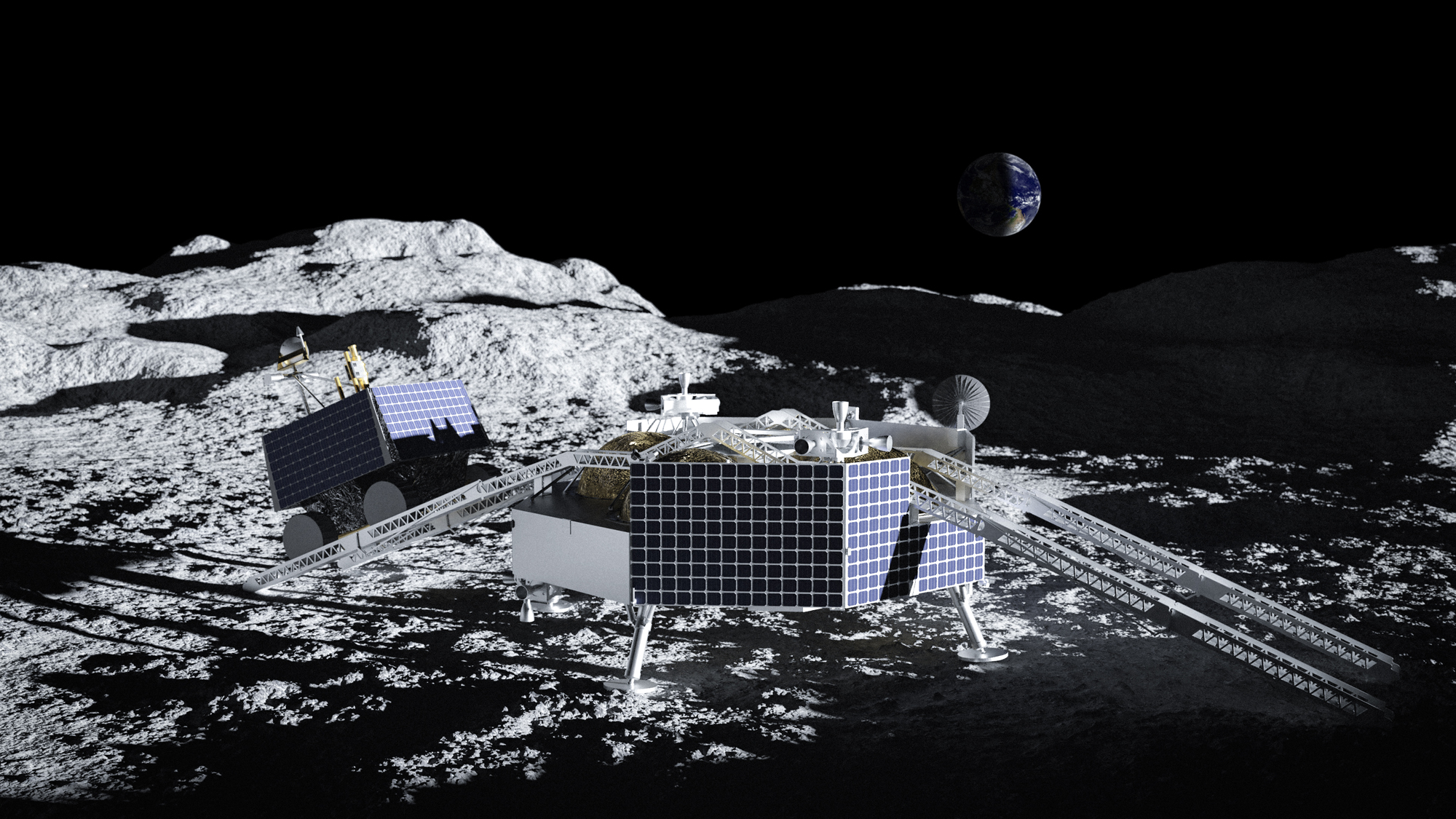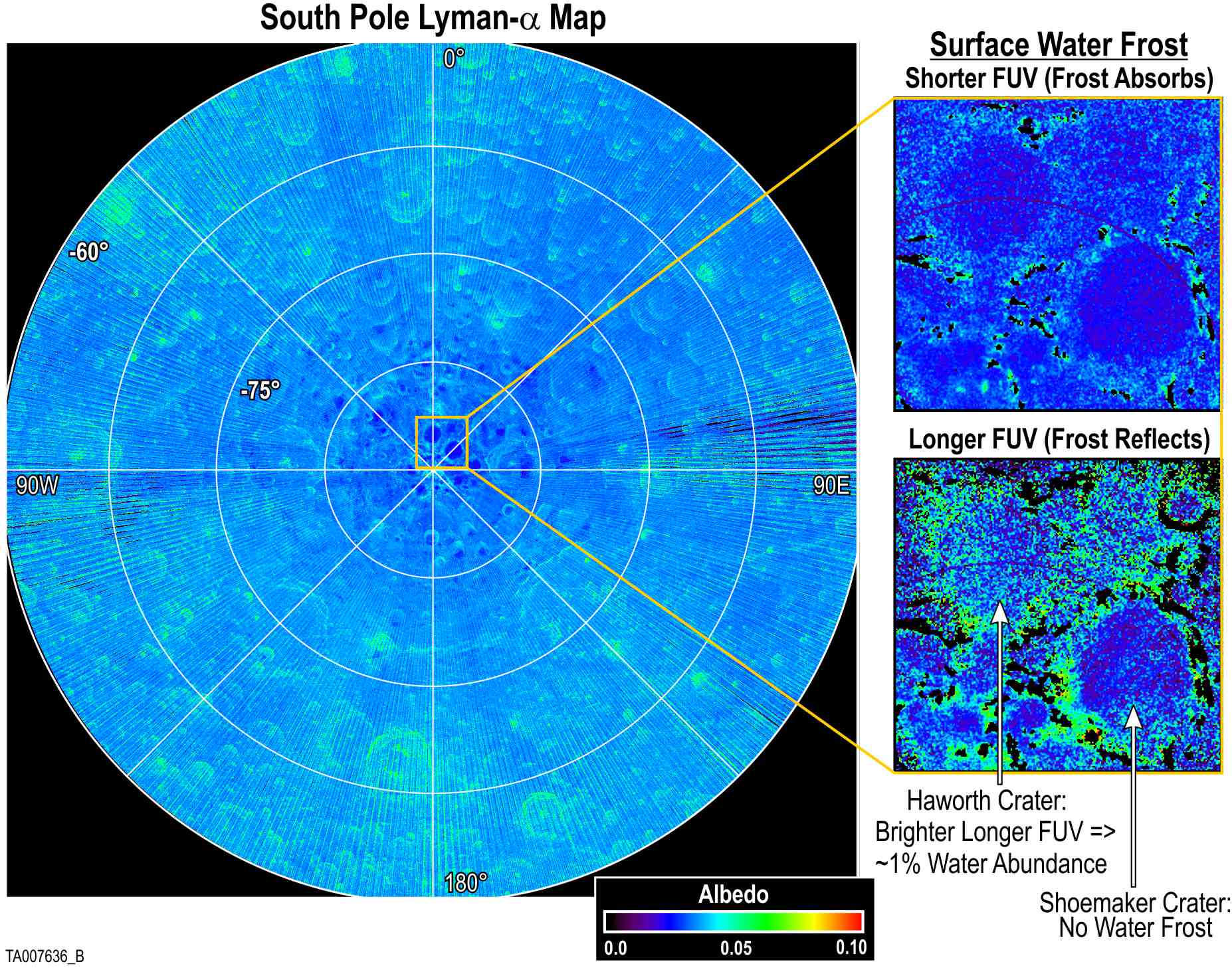
'A dark day for lunar science:' Scientists shocked as NASA cancels VIPER moon rover
"VIPER is people and there should be significant concern for the engineers and scientists working to test and fly the completed rover given the uncertain situation. Please keep the VIPER team in mind."

It is a classic wait-a-minute Moon moment.
The message from NASA last week: "NASA Ends VIPER Project, Continues Moon Exploration."
The space agency's Volatiles Investigating Polar Exploration Rover (VIPER) project had undergone a comprehensive internal review. NASA found price tag sticker shock, delays to the launch date, and risk of future cost growth – reasons to "stand down" the lunar ice-hound mission.
Some disassembly required
At this point in time, NASA had put in $450 million into VIPER.
NASA said it's planning to disassemble and reuse VIPER’s instruments and components for future moon missions.
Prior to disassembly, NASA's open to expressions of interest from U.S. industry and international partners for use of the existing VIPER rover system at no cost to the government.
The VIPER project will conduct an "orderly close out through spring 2025," said NASA.
Breaking space news, the latest updates on rocket launches, skywatching events and more!
Related: NASA cancels $450 million VIPER moon rover due to budget concerns
Dead meat, dead weight
Under NASA's Commercial Lunar Payload Services (CLPS) public-private partnership, VIPER was headed for Earth departure via an Astrobotic Griffin Moon lander.
But the Astrobotic firm is trying to overcome its own problems that have pushed Griffin’s readiness for flight to September 2025.
The landing without VIPER onboard "will provide a flight demonstration of the Griffin lander and its engines," NASA stated. In VIPER's absence, a "mass simulator" will be used to mimic the weight of the missing NASA rover.
Rocky start to smooth sailing
To start with, it has not been smooth sailing for Astrobotic.
In January of this year, the Astrobotic Peregrine Mission One to the moon failed due to an in-space propulsion glitch.
A mishap review investigation of why the private company’s first moon lander failed is forthcoming, Astrobotic said.
"Continuation of VIPER would result in an increased cost that threatens cancellation or disruption to other CLPS missions," the space agency statement explains. "NASA has notified Congress of the agency's intent."
Nicola Fox, associate administrator, Science Mission Directorate at NASA Headquarters in Washington, added in a statement:
"The agency has an array of missions planned to look for ice and other resources on the moon over the next five years."
Ceding leadership
"VIPER is 100% built and has completed part of its testing. It is ready to go and NASA is junking a very capable rover and ceding leadership in resource exploration," said Clive Neal, a leading moon scientist at the University of Notre Dame in Indiana.
"It is a dark day for lunar science and exploration and maybe the Artemis program," Neal told Space.com. "I am still in shock at the reasoning used to justify the cancellation of VIPER."
Norbert Schörghofer, a senior scientist for the Planetary Science Institute, has a research focus on studying water ice in the polar regions of the moon.
Schörghofer calls identifying the abundance and distribution of water ice in the lunar polar regions "a science and exploration priority."
"The cancellation of VIPER is a major loss for science," Schörghofer told Space.com. "No other robotic U.S. mission to the moon in the next three years has the needed capabilities. Required are mobility and a way to explore the subsurface, not just the surface."
Ground-truth
The ground-truth hunt for lunar water ice, Schörghofer added, will likely be made by Japan's Lunar Polar Exploration (LUPEX) project now underway with India, projected to be launched in 2025. Observation equipment from NASA and the European Space Agency (ESA) will also be installed on the LUPEX rover.
Or perhaps the needed detective work on lunar water ice, Schörghofer said, could be carried out by China's robotic lander, Chang’e-7 in 2026.
"A crewed mission to the south polar region could achieve the goal, but who is to say it will fly as scheduled," Schörghofer said.
"If one is serious about finding ice on the moon, we also need a mission that can explore large permanently cold and dark craters, which even VIPER and [NASA’s crewed] Artemis 3 will not be able to reach. And that appears to be even further off in the future," Schörghofer said.
Devastating news
The intended termination of VIPER is devastating news said Benjamin Greenhagen, chair of the Lunar Exploration Analysis Group (LEAG).
Since 2004, LEAG supports NASA in providing analysis of scientific, technical, commercial, and operational issues in support of lunar exploration goals.
"The LEAG community has long supported VIPER and Resource Prospector before it," Greenhagen advised his moon exploration colleagues via the community posting website, Lunar-L. "We believe in this mission and the unique value that it brings for lunar exploration that will be lost if VIPER does not fly."
Uncertain situation
Beyond the hardware, Greenhagen said that "VIPER is people and there should be significant concern for the engineers and scientists working to test and fly the completed rover given the uncertain situation. Please keep the VIPER team in mind."
Greenhagen posted that "LEAG will be working to bring that message to NASA in the coming weeks and I expect there will be other individual- and community-organized efforts as well."
One such action has already begun.
In light of the news of NASA's decision to cancel the VIPER mission, space scientists have put together a sign-on-the-dotted line support letter to be sent to members of the U.S. Congress urging them to reconsider the decision.
Opposing NASA's termination
In an open letter to Congress, the communiqué asks lawmakers to refuse NASA’s cancellation of the VIPER Moon mission.
That open letter already has over 140 signatures from more than 24 states in the United States. Plans are underway to reach out directly to the House and Senate Committees addressed in the letter, asking them to oppose NASA's termination of VIPER.
"We are deeply concerned by NASA’s shocking announcement on July 17 that it intends to discontinue the VIPER lunar rover mission," the letter states. "VIPER was to be a groundbreaking American project and the first NASA mission to characterize the origin and distribution of water ice on and below the surface of the moon, a key step in enabling human exploration…"
Unprecedented, indefensible
The open letter points out that the decision to cancel the mission “was taken by NASA without giving the wider VIPER team or lunar exploration community an opportunity to propose cost-saving solutions or alternatives to the dismemberment or scrapping of the rover."
The VIPER rover is already fully built, the letter notes, and was scheduled to undergo final testing in the coming months prior to launch in 2024-2025.
"The decision to cancel the project at this stage, after spending $450 million,” the letter argues, "is both unprecedented and indefensible."

Leonard David is an award-winning space journalist who has been reporting on space activities for more than 50 years. Currently writing as Space.com's Space Insider Columnist among his other projects, Leonard has authored numerous books on space exploration, Mars missions and more, with his latest being "Moon Rush: The New Space Race" published in 2019 by National Geographic. He also wrote "Mars: Our Future on the Red Planet" released in 2016 by National Geographic. Leonard has served as a correspondent for SpaceNews, Scientific American and Aerospace America for the AIAA. He has received many awards, including the first Ordway Award for Sustained Excellence in Spaceflight History in 2015 at the AAS Wernher von Braun Memorial Symposium. You can find out Leonard's latest project at his website and on Twitter.





